Sept.7-22, 2009
The lull in volunteer help subsided and we welcomed the arrival of six new volunteers. Mateo helped show them the ropes and after he left, I became the only North American left. Now there is an Australian couple, two German girls traveling together and another who showed up last minute as well as a Belgian forestry student. With all of the new hands, our productivity has soared.
During the past two weeks the work has been concentrated on the two pillars of the Planet Drum revegetation project: greenhouse and field sites. As a result of our efforts, both are in excellent conditions.
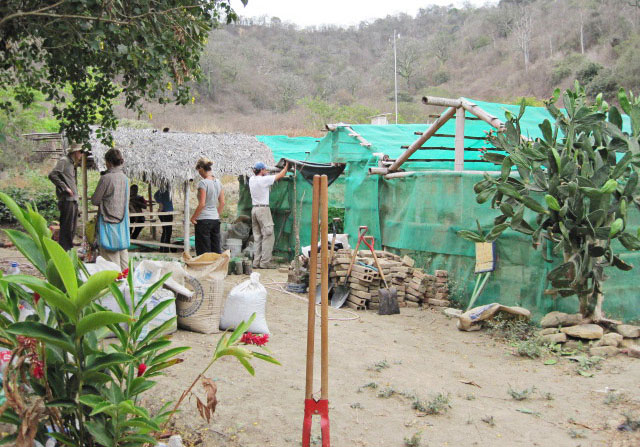
At the greenhouse there has been progress in several different areas. Mateo led an effort to overhaul the composting trench by installing shade protection and introducing more dry material (carbon) to mix with the food scraps (nitrogen), creating the perfect breeding ground for nutrient excrementing microorganisms, which will soon be feeding our native seedlings.

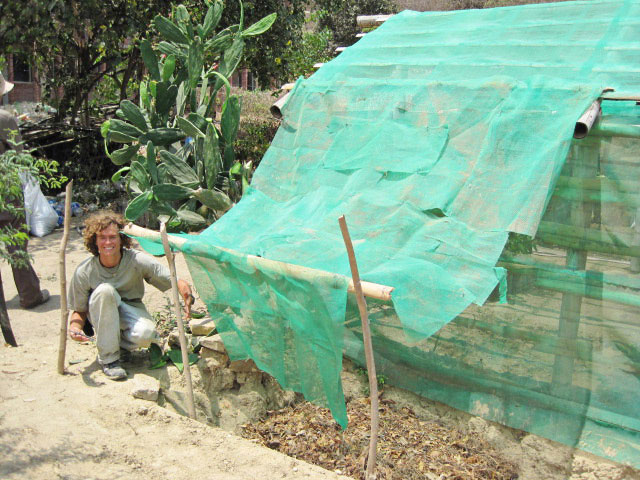
Photo: Rob D’hondt
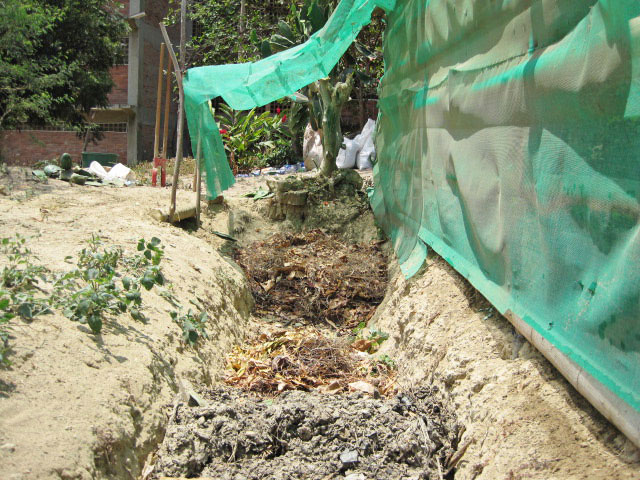
Inside the greenhouse, beds of Algarrobo, Guasmo, Bototillo and another round of Ceibo seeds are beginning to poke through the soil surface. All of which will need to be transplanted to containers made from reused soda bottles sometime in the near future. A batch of one hundred Algarrobo seedlings has already been transplanted.



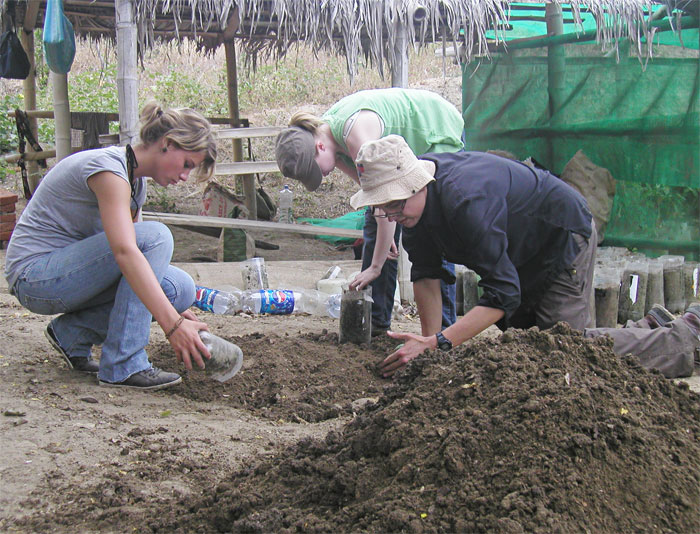

A quick count of trees that are already in three-liter bottles ready to be planted in the field indicates that there are currently over 2,600 trees representing 8 different native species, all progressing nicely. Needless to say, simply watering the trees has become a time consuming task.

Additionally, all of the trees in three-liter bottles are now on top of sheets of plastic so that their roots don’t grow through and get stuck in the ground below. I think that this was a big cause of trees failing to survive transplanting this past year. The plastic appears to be working fantastically thus far. Hopefully we can avoid this problem in the coming year.

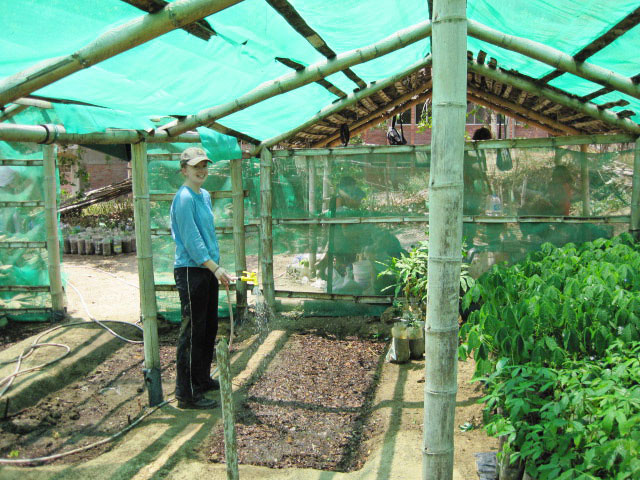
Around the greenhouse, weeds have been trimmed back and several ornamental plants, including two chili pepper bushes, were tended to. A few native trees have been planted as well, which will hopefully be providing some nice shade in years to come. A new bench was constructed. Three-liter bottles were cut and prepared for planting later on. Hundreds of Ceibo seeds were picked apart from the Ceibo cotton and stored for planting next year. And finally, we’ve begun work on a new sign, which will appropriately welcome people to the greenhouse and inform them about how to find the Planet Drum office in Bahia.
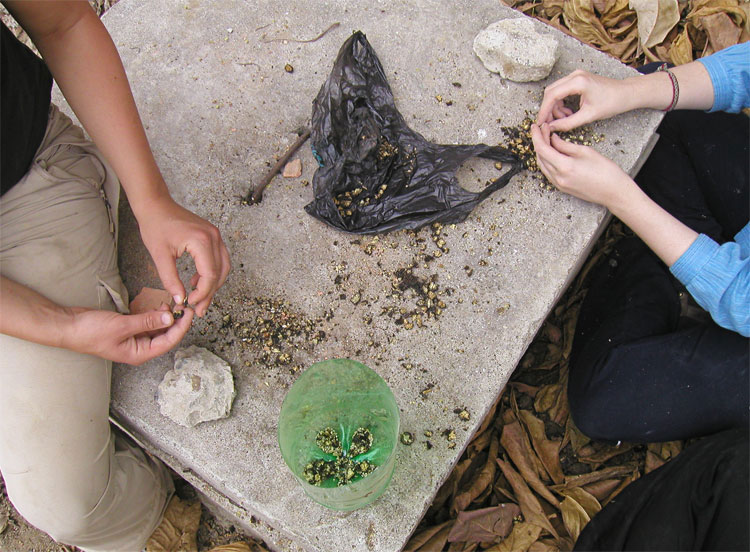

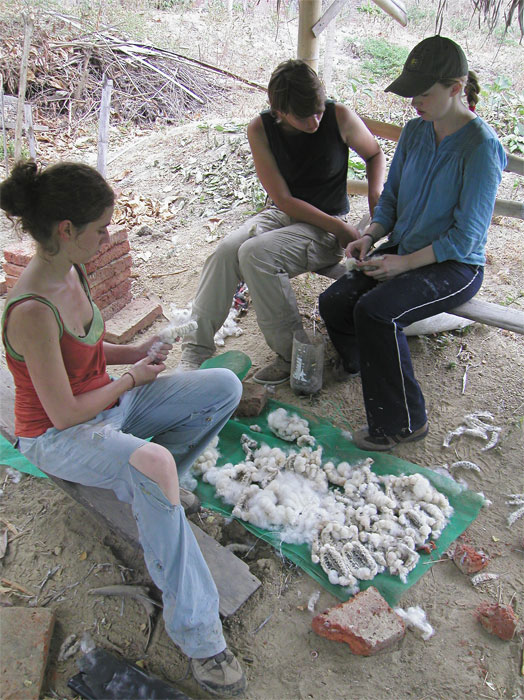

In the field, the trees appear to be handling the dry season adequately. Those which have survived so far respond to the water that we give them, showing small, but not insignificant, signs of growth. If they can hold out until the rainy season, hopefully the natural rain fall will cause an explosion of growth.
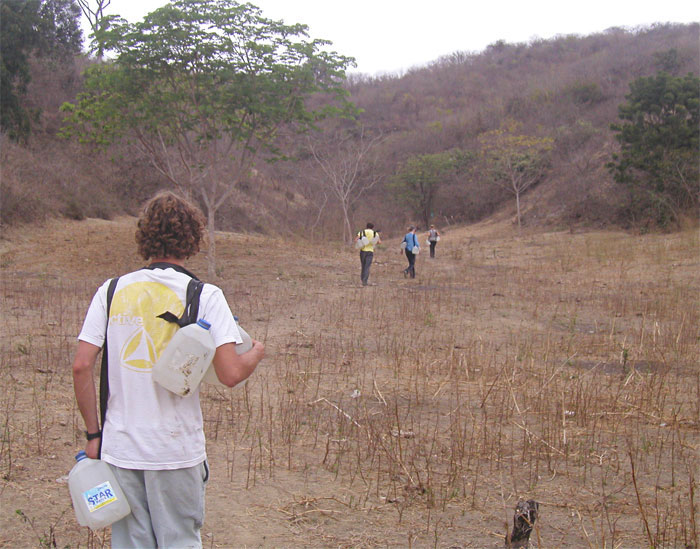

During the past two weeks, all ten sites from this year (2009) were visited and received water – one right in Bahia, three sites in El Astillero, one in Jorge Lomas and El Toro, two in Fanca, one in the Maria Dolores neighborhood and finally at the Universidad Catolica.
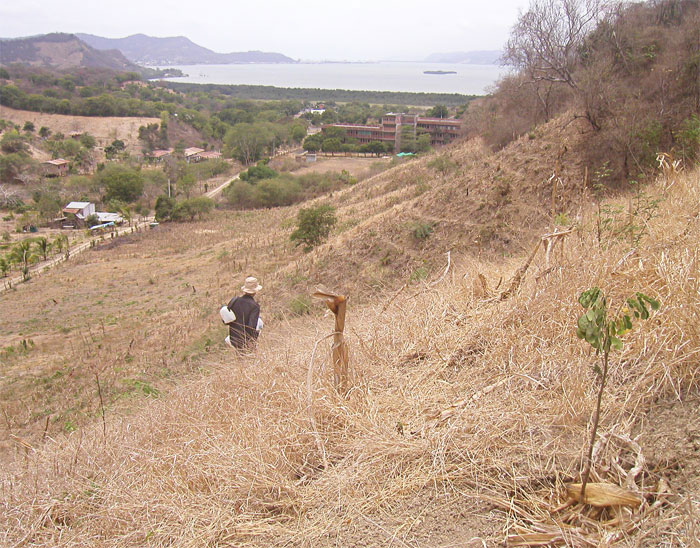
Talk of an El Niño year has abated somewhat, partially because if it really was going to be a full-fledged El Niño year, it should have started raining already. The best possible outcome now would be a wet rainy season, without too many hard rains, which can cause erosion-prone hillsides to collapse.
Pásalo bien,
Clay

Your article helped me a lot, is there any more related content? Thanks!
Learning strong techniques on how to write essay can improve academic performance and confidence in tackling various topics. For those seeking external help, it’s wise to read allassignmenthelp reviews https://scamfighter.net/review/allassignmenthelp.com on scamfighter to assess the credibility of services. Trustworthy platforms provide guidance without compromising originality, allowing students to enhance their writing while maintaining academic integrity.
Your point of view caught my eye and was very interesting. Thanks. I have a question for you.
Your article was really helpful—do you have any more related content I could check out? Thanks!
Your article was really helpful! Do you have any more content related to this topic? Thanks!
Sofia paused and squinted his eyes, as if thinking. He replied that robots could replace humans in dangerous and repetitive jobs, giving humans more time to do what they’re good at, sexdolls usa which is being creative. This sounds like a win-win situation, but this is the real answer. Not only are they replacing the human role in this work, but they’re also replacing one of the most creative human activities: love.